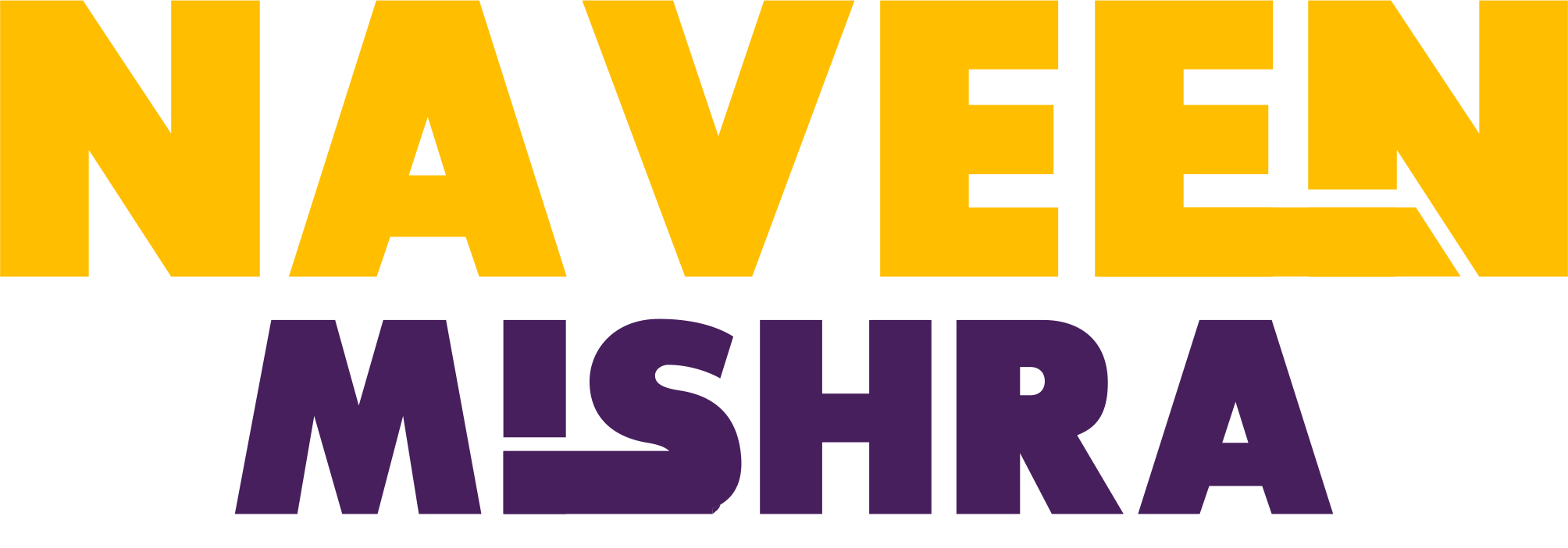MS Project

Managing Projects with Microsoft Project 2013/16
Course Description
Master the new release of Microsoft Project! This course takes you step-by-step through the features and concepts you’ll need to plan and manage projects effectively with Microsoft Project 2013/2016. Versatile integrates the discipline of project management with a deep understanding of Project 2013/2016.
Duration: 2 Days
Course Objectives
Upon completion of this course, user will be able to:
- Understand the discipline of project management as it applies to using Project.
- Leverage the new the Ribbon to navigate the application
- Create a Work Breakdown Structure
- Identify Task Relationships
- Define Resources within Project
- Make Work Package Estimates
- Create an Initial Schedule
- Create a Resource Leveled Schedule
- Capture actual performance data
- Format Output and Print Reports
- Create new projects in SharePoint and Excel
- Set up a Project with a Calendar, Start date, and scheduling method
- Understand Manually Schedule vs. Auto Schedule modes
- Set project baselines and use them to measure progress
- Integrate Multiple Projects
Course Outline
Lesson 1 – Introduction to Mastering Microsoft Project
The value of project management software! How does Project integrate with the project management discipline? The best strategies for navigating the application using the new Ribbon. Includes introduction of features that are new in Project 2013.
Similarities between 2010 & 2013
Lesson 2 – A Quick and Easy Overview of Managing with Project
Get the big picture on using Project to plan and manage a project. See the high-level process that will be the basis for the remainder of the course.
Lesson 3 – Setting Up a New Project
Start a project off right. Open it from Excel or SharePoint or create a new project within Project. Establish a calendar and set the basic parameters for the scheduling engine.
Lesson 4 – Manually Schedule vs. Auto Schedule
A major new feature in Project 2016! Understand how to turn off Project’s scheduling engine and when to do it.
Lesson 5 – Building a work breakdown structure (WBS)
What is a WBS? Get a grip on tasks, summary tasks and milestones. Know the difference between WBS numbering and outline numbering. Guidelines for a better WBS.
Lesson 6 – Establish task relationships
Introducing task dependencies and network diagrams. What are lag, lead and delay? Format the network diagram.
Lesson 7 – Defining Resources within Project
Resources accomplish the work on projects. Know the different resource types and how to establish their characteristics.
Lesson 8 -Making Work Package Estimates
Create duration estimates and effort driven schedules. Use effort and task types to control Project’s scheduling engine.
Lesson 9 – Creating an Initial Schedule
Use critical path analysis to create a schedule. Understand scheduling constraints. “Crash” a schedule.
Lesson 10 – Create a Resource Leveled Schedule
Balance the available people and other resources with the need for speed on your project. Realistic schedules have realistic expectations about resource availability.
Lesson 11 – Managing the Project
Capture plan vs actual information to identify performance problems and communicate project progress. Use a project baseline to find variance. How to split tasks and reschedule work.
Lesson 12 – Formatting output and printing Reports
Communicate effectively. Format the immense amount of information in Project into meaningful reports.
Lesson 13 – Managing Multiple Projects
Combine many smaller projects together to see multi-project views of resource use or coordinate among projects.

